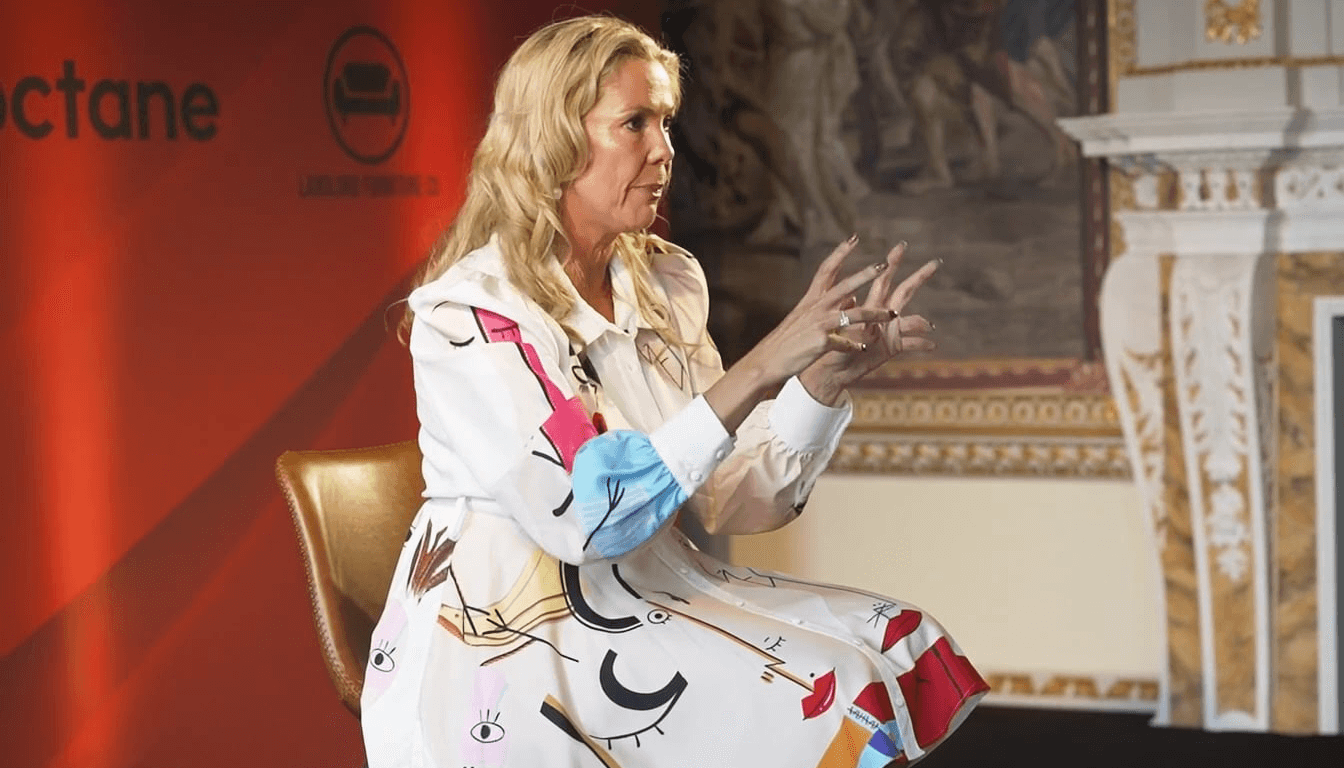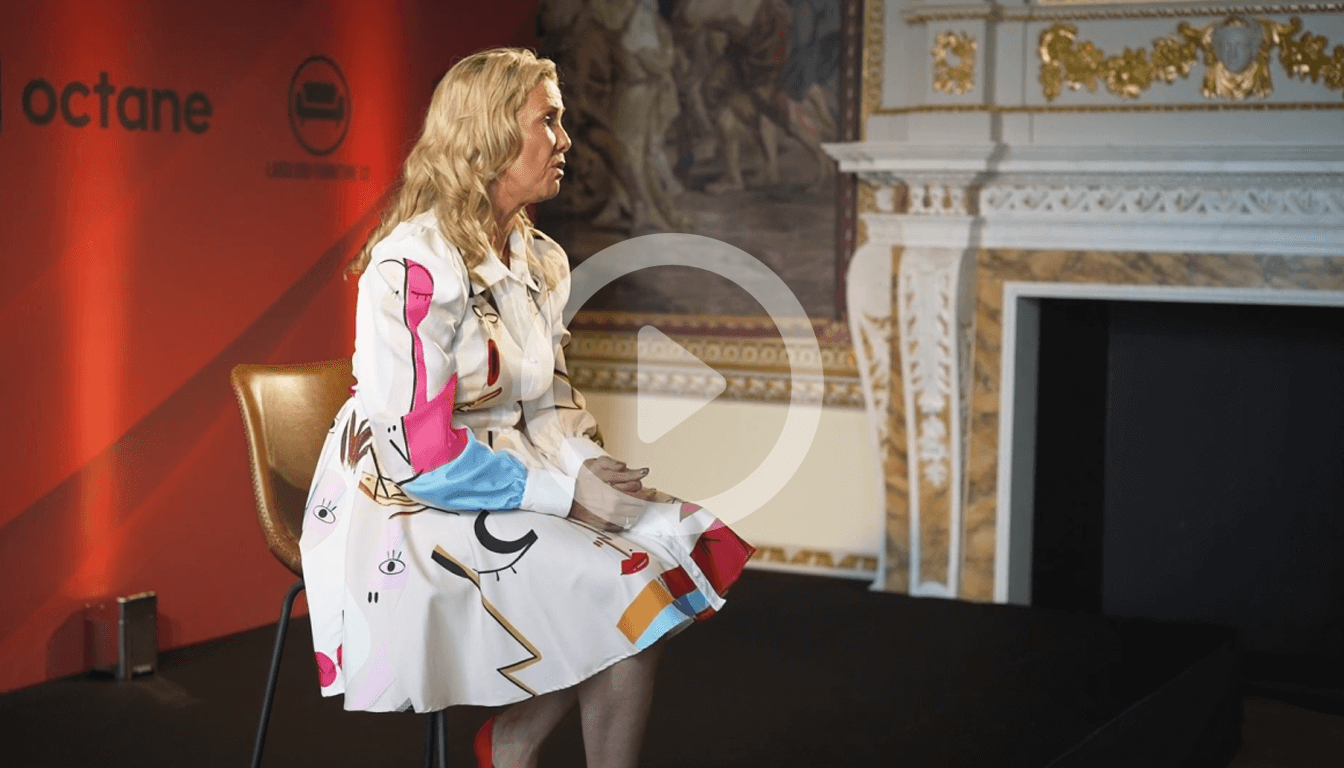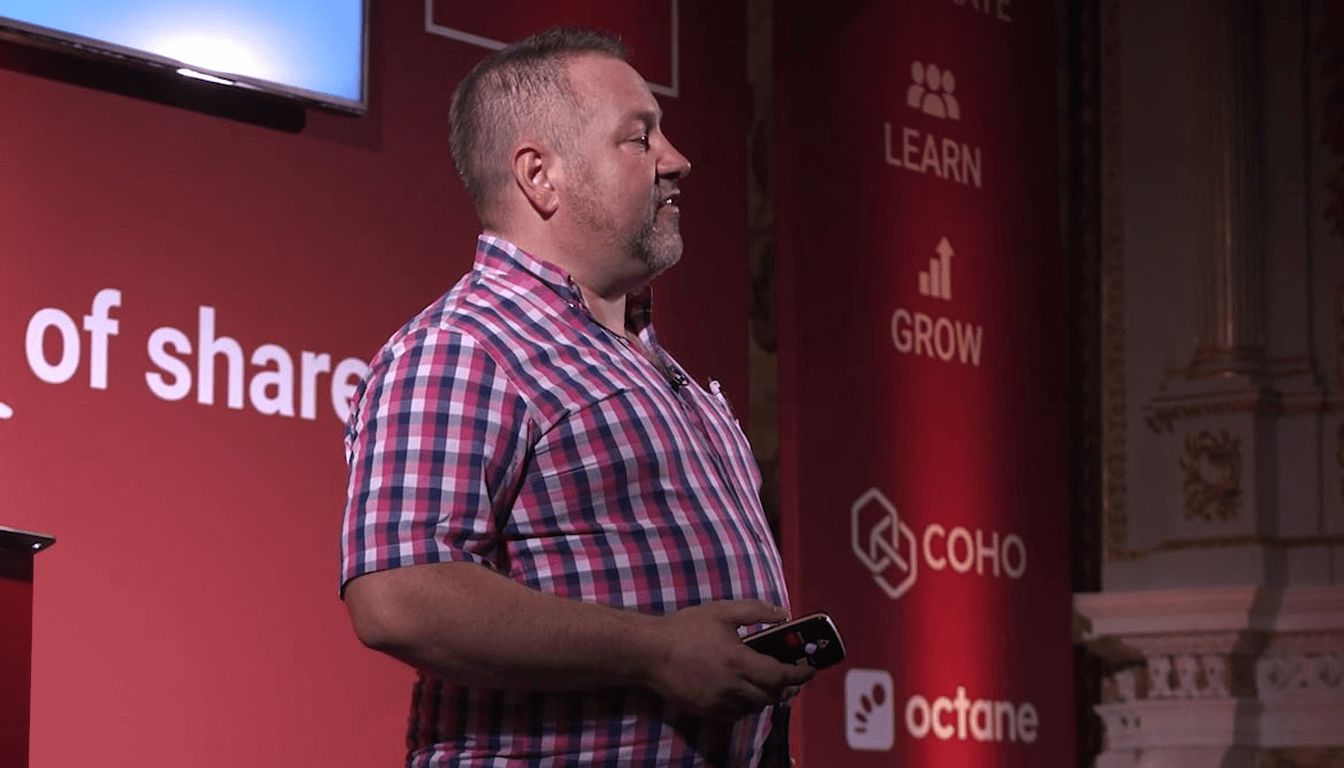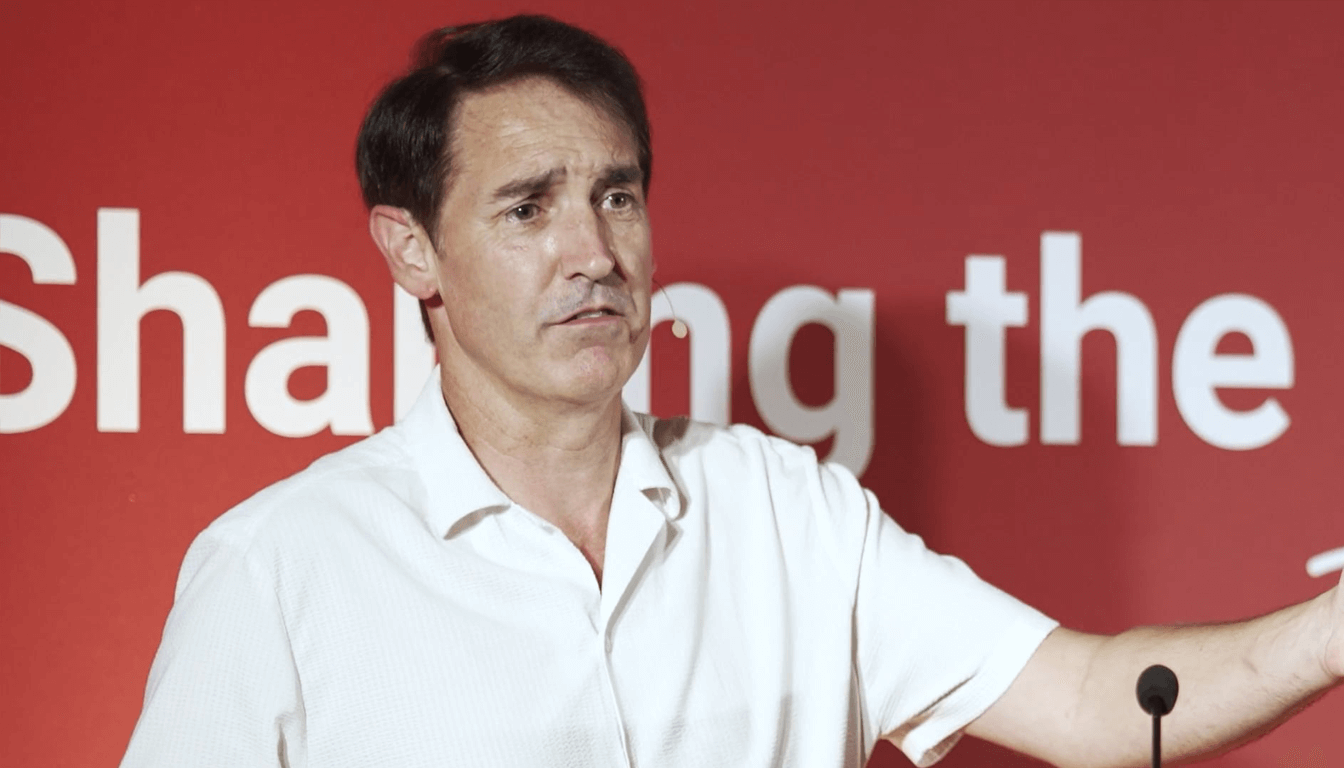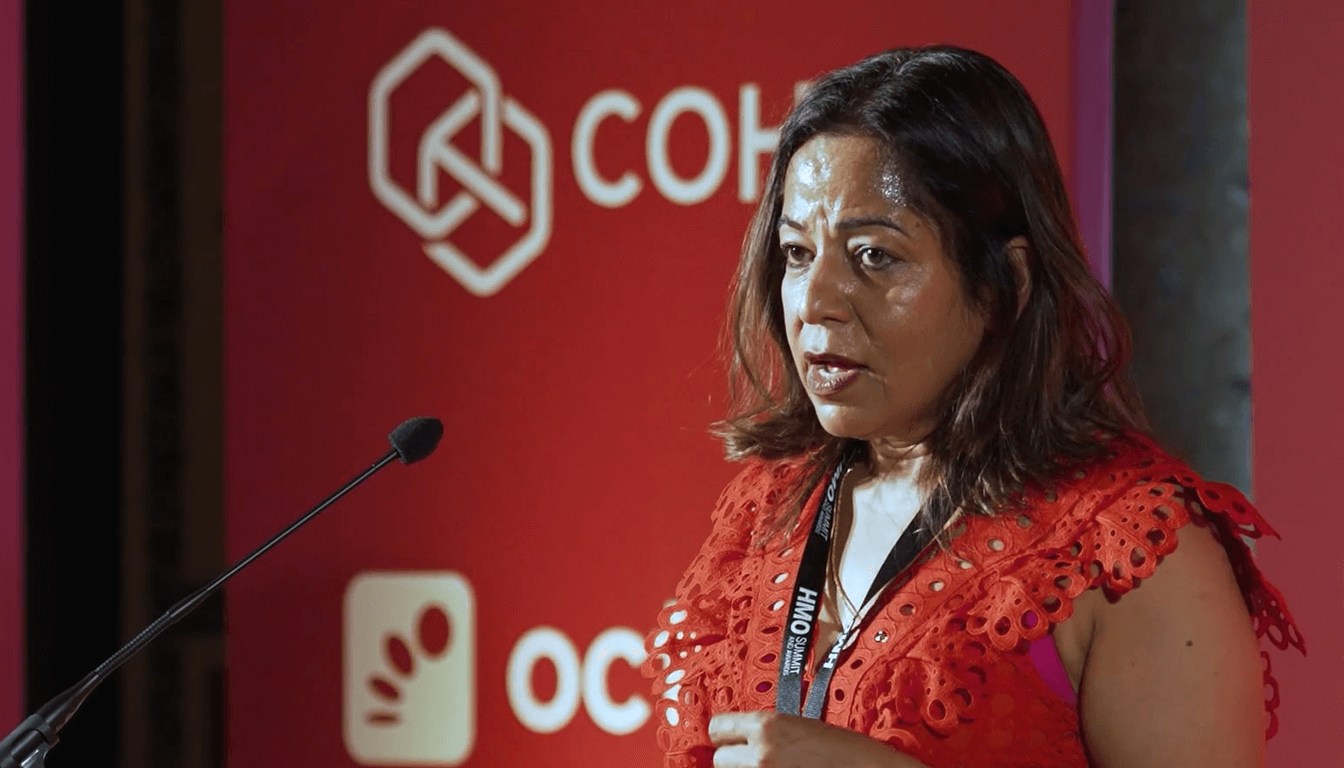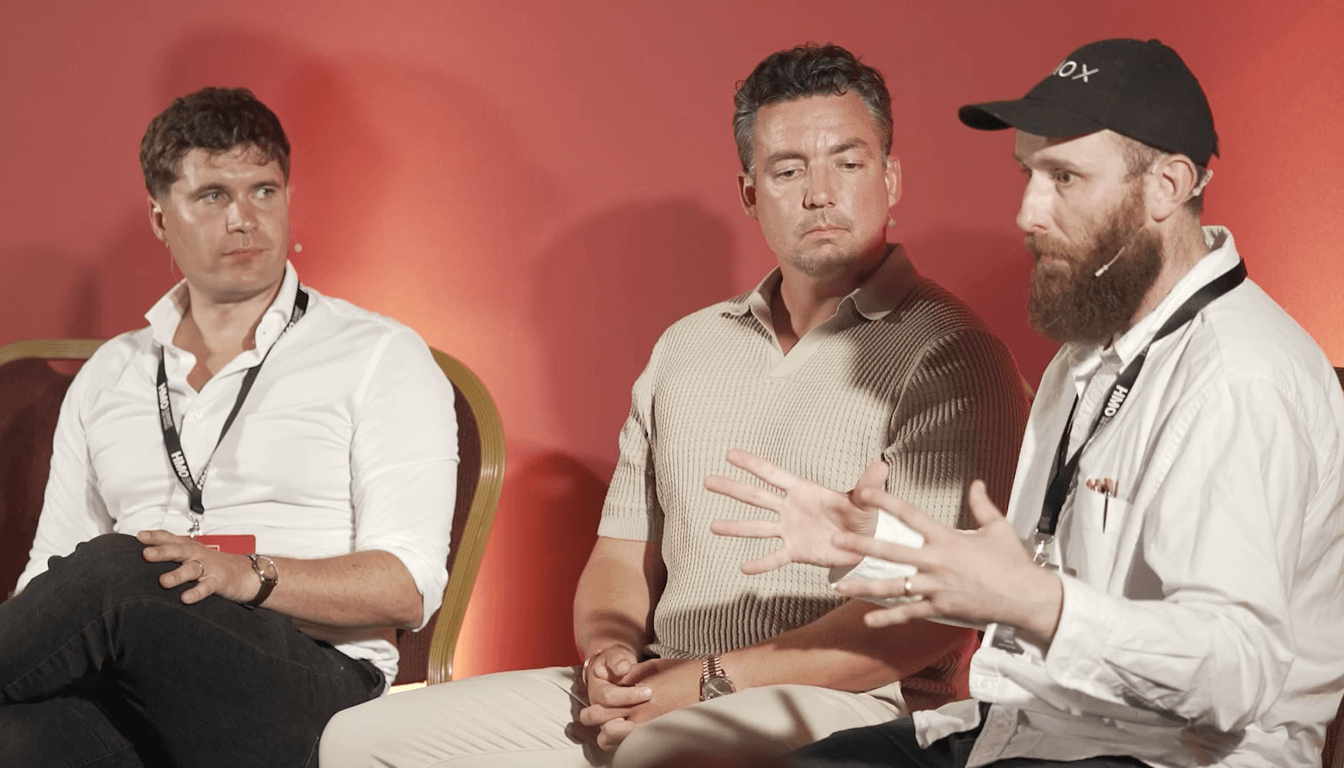When it comes to raising funds for property deals or business ventures, few voices are as grounded and experienced as Helen Chorley’s. Speaking at the HMO Summit 2023–24, Chorley delivered a frank, insightful, and highly relatable Q&A session focused on investor relations. Rather than giving yet another templated pitch deck format or a one-size-fits-all strategy, she zoomed in on the human side of raising capital—from understanding your investor’s psychology to knowing your own story better than anyone else. Here’s a comprehensive reflection on her most valuable takeaways.
Investors Are Not All the Same—So Stop Treating Them Like Milk
One of the most memorable metaphors from Helen’s talk was her comparison of investors to pints of milk. “Investors aren’t pints of milk,” she quipped. “Milk does the same job whether you buy it from Harrods or Lidl. Investors? Not even close.”
This was her way of illustrating a crucial but often overlooked point: no two angel investors are the same. Each comes with their own risk tolerance, timeline, liquidity needs, communication preferences, and personal values. You can’t deliver a cookie-cutter pitch and expect everyone to bite.
Before you even get to the pitch, Helen urges founders and developers to ask:
“Who is this person?”
Understand their age, background, financial goals, preferred communication style, and how hands-on or hands-off they like to be.
Some want quick returns and regular updates. Others are happy to leave their money for years and forget about it. If you don’t align your pitch and ongoing relationship to what they care about, you’ll lose them—no matter how good your deal is.
Build a Clear Avatar for Your Ideal Investor
Helen recommends going beyond just identifying the investors in front of you—she suggests actually creating an avatar of your ideal investor.
Just like brands build customer personas or coliving operators design spaces for a student versus a professional, you should know exactly who you want to attract as an investor. Doing this helps you:
- Craft the right language for your pitch
- Design offers that align with their expectations
- Avoid wasting time with mismatched investor profiles
She adds that when you start tailoring your outreach this way, your conversion rate with investors can dramatically improve.
The Second “Who”, Know Thyself
After focusing on understanding the investor, Helen turned the mirror back on her audience.
“Who are you?” she asked.
This second “who” is just as critical as the first. Investors aren’t just backing deals—they’re backing you. That means they need to know what makes you stand out. What’s your credibility, your unique angle, your backstory? What are your values?
Helen shared a coaching anecdote that illustrated how frequently founders overlook their own credentials. One of her clients—who held a law degree—didn’t even think to include it in her investor materials because she wasn’t practicing anymore. But as Helen pointed out, that detail alone could instantly boost trust and perceived professionalism.
Most of us are too close to our own stories to see what makes us remarkable. Helen recommends doing this kind of self-discovery with someone else—a friend, a coach, or a mentor—who can reflect back the value in your story and help surface your unique credibility markers.
Don’t Chase the Squirrels – Attract Them Instead
In one of the session’s more humorous but powerful moments, Helen compared chasing investors to feeding squirrels in Hyde Park. If you run toward them, they’ll scatter. But if you sit down with chocolate-covered nuts, the squirrels will come to you.
It’s the same with angel investors.
“Make yourself so appealing they can’t help but come to you,” she advised.
This doesn’t mean being flashy or shouting your deals from the rooftops. Instead, it means being intentional and consistent in building your credibility, telling your story, and sharing your values. When investors feel aligned with who you are, they’re more likely to approach you—rather than the other way around.
Where Are the Investors Hiding?
An audience member asked one of the most common questions: “Where are the investors?”
Helen’s answer? “They’re everywhere.”
She illustrated this with a story about a colleague who struck up a conversation with someone in a hotel lobby—and it turned out to be an investor. Her point was this: when you’re open to opportunities and start putting yourself out there authentically, investors show up in unexpected places.
They’re not all at golf clubs or pitch events. Some are sitting next to you on the bus or scrolling through your social media posts.
The Importance of Ongoing Communication
When it comes to investor relations, one size doesn’t fit all—especially when it comes to updates and ongoing communication. Helen noted that some investors want detailed, regular reports, while others prefer a more passive approach.
The key is asking up front what each investor expects in terms of engagement. If you over-communicate with a passive investor, you might lose their interest. Under-communicate with someone who craves transparency? You’ll damage trust.
She also emphasized format—don’t just send long, boring emails. Ask your investor what format they prefer: summaries, WhatsApp updates, phone calls, PDF reports?
Pitch Deck Best Practices: Keep It Balanced
Helen offered candid advice on what to include (and not include) in your pitch decks:
- A clear, one-page summary is essential for time-poor investors.
- Include high-level numbers, but keep deep financials in the appendix.
- Avoid overwhelming slides or documents longer than 40 pages.
- And perhaps most importantly: Tell a story.
“People forget facts. They remember stories,” Helen said. “Facts will get you the logic. Stories will get you the investment.”
What Comes First—the Investor or the Deal?
Another key question was about timing: should you find the deal first or the investor?
Helen’s answer: “It’s never too early to start talking to investors.”
She debunked the myth that great deals automatically attract funding. Many good deals fail to get funded—not because they’re not profitable, but because the founder hasn’t done the foundational work of investor alignment and credibility.
Be Authentic on Social Media—And Own Your Mistakes
Helen also addressed the role of social media in raising investor awareness. Her advice? Be authentic.
Avoid over-polishing your content or pretending everything is perfect. Investors can smell insincerity a mile away. Instead, talk about your values, your journey, and even your mistakes—as long as you’ve processed them and learned from them.
In fact, being transparent about your biggest failure can actually boost your credibility—if you can show how you made things right and what you learned.
Final Thoughts: You’re the USP
Whether you’re raising money for your first HMO deal or scaling a large portfolio, Helen’s session was a refreshing reminder that investor relations isn’t just about numbers and flashy decks.
It’s about people.
It’s about clarity—on who they are and who you are.
And it’s about building long-term trust by showing up consistently, communicating clearly, and being unapologetically yourself.
If you’re serious about improving your investor conversations, start with these two questions:
- Who is your investor, really?
- Who are you, and why should they trust you?
The answers might just change your funding game.
When it comes to raising funds for property deals or business ventures, few voices are as grounded and experienced as Helen Chorley’s. Speaking at the HMO Summit 2023–24, Chorley delivered a frank, insightful, and highly relatable Q&A session focused on investor relations. Rather than giving yet another templated pitch deck format or a one-size-fits-all strategy, she zoomed in on the human side of raising capital—from understanding your investor’s psychology to knowing your own story better than anyone else. Here’s a comprehensive reflection on her most valuable takeaways.
Investors Are Not All the Same—So Stop Treating Them Like Milk
One of the most memorable metaphors from Helen’s talk was her comparison of investors to pints of milk. “Investors aren’t pints of milk,” she quipped. “Milk does the same job whether you buy it from Harrods or Lidl. Investors? Not even close.”
This was her way of illustrating a crucial but often overlooked point: no two angel investors are the same. Each comes with their own risk tolerance, timeline, liquidity needs, communication preferences, and personal values. You can’t deliver a cookie-cutter pitch and expect everyone to bite.
Before you even get to the pitch, Helen urges founders and developers to ask:
“Who is this person?”
Understand their age, background, financial goals, preferred communication style, and how hands-on or hands-off they like to be.
Some want quick returns and regular updates. Others are happy to leave their money for years and forget about it. If you don’t align your pitch and ongoing relationship to what they care about, you’ll lose them—no matter how good your deal is.
Build a Clear Avatar for Your Ideal Investor
Helen recommends going beyond just identifying the investors in front of you—she suggests actually creating an avatar of your ideal investor.
Just like brands build customer personas or coliving operators design spaces for a student versus a professional, you should know exactly who you want to attract as an investor. Doing this helps you:
- Craft the right language for your pitch
- Design offers that align with their expectations
- Avoid wasting time with mismatched investor profiles
She adds that when you start tailoring your outreach this way, your conversion rate with investors can dramatically improve.
The Second “Who”, Know Thyself
After focusing on understanding the investor, Helen turned the mirror back on her audience.
“Who are you?” she asked.
This second “who” is just as critical as the first. Investors aren’t just backing deals—they’re backing you. That means they need to know what makes you stand out. What’s your credibility, your unique angle, your backstory? What are your values?
Helen shared a coaching anecdote that illustrated how frequently founders overlook their own credentials. One of her clients—who held a law degree—didn’t even think to include it in her investor materials because she wasn’t practicing anymore. But as Helen pointed out, that detail alone could instantly boost trust and perceived professionalism.
Most of us are too close to our own stories to see what makes us remarkable. Helen recommends doing this kind of self-discovery with someone else—a friend, a coach, or a mentor—who can reflect back the value in your story and help surface your unique credibility markers.
Don’t Chase the Squirrels – Attract Them Instead
In one of the session’s more humorous but powerful moments, Helen compared chasing investors to feeding squirrels in Hyde Park. If you run toward them, they’ll scatter. But if you sit down with chocolate-covered nuts, the squirrels will come to you.
It’s the same with angel investors.
“Make yourself so appealing they can’t help but come to you,” she advised.
This doesn’t mean being flashy or shouting your deals from the rooftops. Instead, it means being intentional and consistent in building your credibility, telling your story, and sharing your values. When investors feel aligned with who you are, they’re more likely to approach you—rather than the other way around.
Where Are the Investors Hiding?
An audience member asked one of the most common questions: “Where are the investors?”
Helen’s answer? “They’re everywhere.”
She illustrated this with a story about a colleague who struck up a conversation with someone in a hotel lobby—and it turned out to be an investor. Her point was this: when you’re open to opportunities and start putting yourself out there authentically, investors show up in unexpected places.
They’re not all at golf clubs or pitch events. Some are sitting next to you on the bus or scrolling through your social media posts.
The Importance of Ongoing Communication
When it comes to investor relations, one size doesn’t fit all—especially when it comes to updates and ongoing communication. Helen noted that some investors want detailed, regular reports, while others prefer a more passive approach.
The key is asking up front what each investor expects in terms of engagement. If you over-communicate with a passive investor, you might lose their interest. Under-communicate with someone who craves transparency? You’ll damage trust.
She also emphasized format—don’t just send long, boring emails. Ask your investor what format they prefer: summaries, WhatsApp updates, phone calls, PDF reports?
Pitch Deck Best Practices: Keep It Balanced
Helen offered candid advice on what to include (and not include) in your pitch decks:
- A clear, one-page summary is essential for time-poor investors.
- Include high-level numbers, but keep deep financials in the appendix.
- Avoid overwhelming slides or documents longer than 40 pages.
- And perhaps most importantly: Tell a story.
“People forget facts. They remember stories,” Helen said. “Facts will get you the logic. Stories will get you the investment.”
What Comes First—the Investor or the Deal?
Another key question was about timing: should you find the deal first or the investor?
Helen’s answer: “It’s never too early to start talking to investors.”
She debunked the myth that great deals automatically attract funding. Many good deals fail to get funded—not because they’re not profitable, but because the founder hasn’t done the foundational work of investor alignment and credibility.
Be Authentic on Social Media—And Own Your Mistakes
Helen also addressed the role of social media in raising investor awareness. Her advice? Be authentic.
Avoid over-polishing your content or pretending everything is perfect. Investors can smell insincerity a mile away. Instead, talk about your values, your journey, and even your mistakes—as long as you’ve processed them and learned from them.
In fact, being transparent about your biggest failure can actually boost your credibility—if you can show how you made things right and what you learned.
Final Thoughts: You’re the USP
Whether you’re raising money for your first HMO deal or scaling a large portfolio, Helen’s session was a refreshing reminder that investor relations isn’t just about numbers and flashy decks.
It’s about people.
It’s about clarity—on who they are and who you are.
And it’s about building long-term trust by showing up consistently, communicating clearly, and being unapologetically yourself.
If you’re serious about improving your investor conversations, start with these two questions:
- Who is your investor, really?
- Who are you, and why should they trust you?
The answers might just change your funding game.

